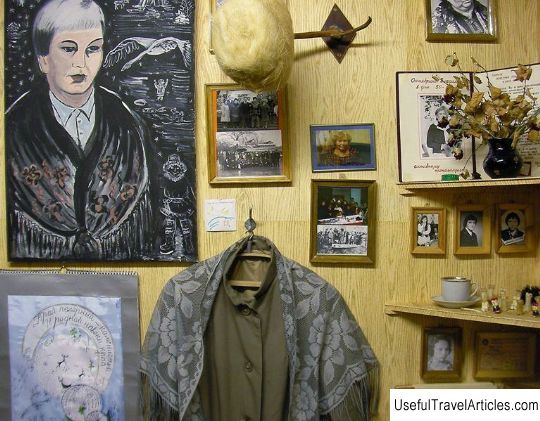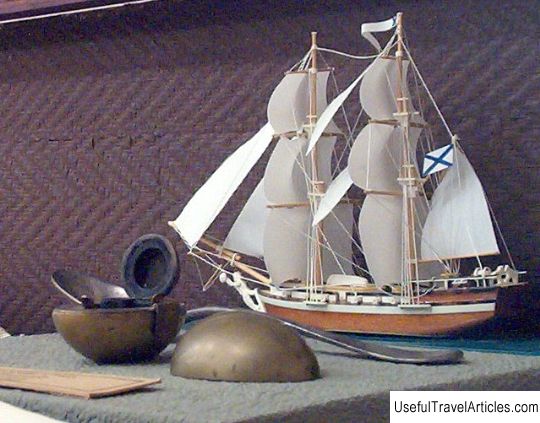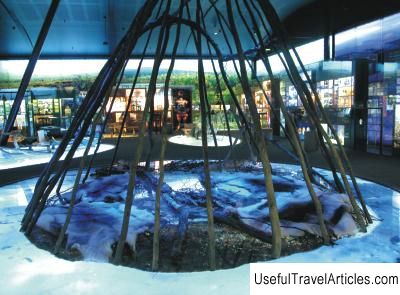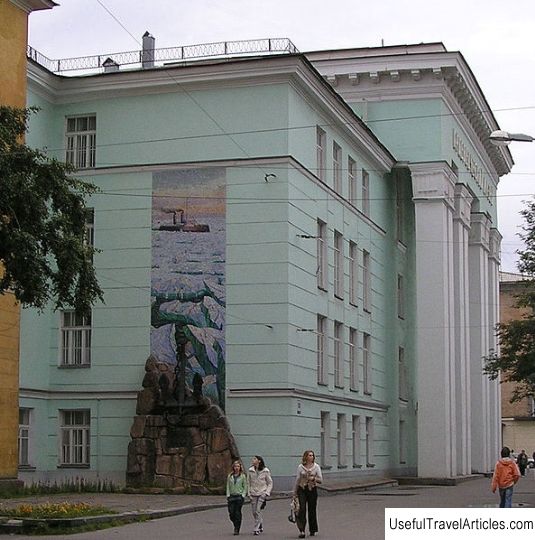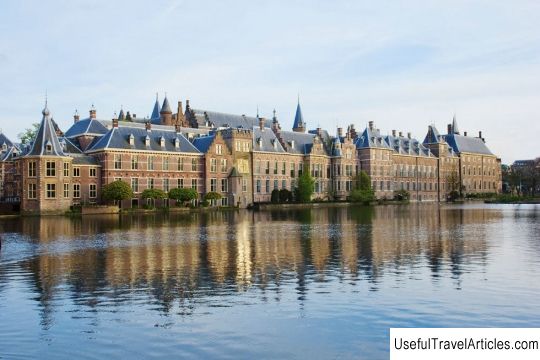Museum of history, culture and life of the Kola Sami description and photos - Russia - North-West: Murmansk region
Rating: 8,0/10 (6879 votes) 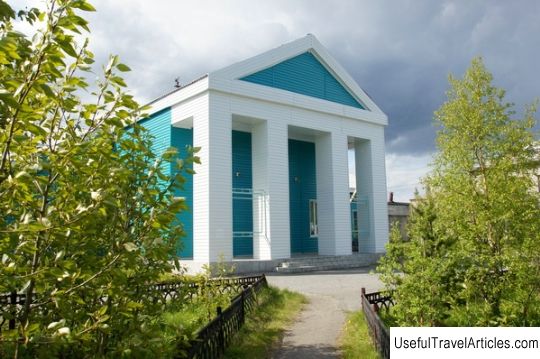
Museum of history, culture and life of the Kola Sami description and photos - Russia - North-West: Murmansk region. Detailed information about the attraction. Description, photos and a map showing the nearest significant objects. Photo and descriptionOne of the departments of the regional museum of local lore in the city of Murmansk is the Museum of history, culture and life of the Kola Sami. The museum was founded in 1962 in the small village of Lovozero on a solid base of one of the secondary schools by the geography teacher Pavel Polikarpovich Yuriev. The museum was created with the aim of completely preserving not only the historical, but also the cultural development of the indigenous population of the Kola Peninsula - the Sami people. The village of Lovozero is the administrative center of the Lovozero region and the second largest settlement after the village of Revda. According to the 2002 census, the population of Lovozero is 3412 inhabitants. The settlement was founded in 1574 on the site of a previously existing Sami settlement. In the chronicle sources, the first mention of the village dates back to 1608. Lovozero is located on two banks of the shallow river Virma, next to Lovozero. The village has become the cultural center of Sami life. A variety of Sami festivals and holidays, including international ones, are held here. The Sami people are a Western people that originated from the small indigenous peoples of the Russian North. The number of Sami reaches 1.9 thousand people, 1.6 thousand of whom live on the Kola Peninsula, which belongs to the Murmansk region. The Sami people also live in some northern regions of Finland, Norway and Sweden, while their total number is 80 thousand people. All the exhibits in the museum tell in detail about the historical development of the Sami people, as well as their cultural life ... The museum exposition that exists to this day consists of the following sections: "The oldest history of the development of the Sami people", "Development of the Lovozero region during the 1920-1930s", "Rear - to the front. Events of the Great Patriotic War of 1941-1945 "," Cultural and economic development of the region during 1950-1980 "," Development of the traditional type of economy of the Sami people - reindeer herding "," Living conditions and belongings of the small peoples of the Kola Peninsula. " The museum has a rich collection, which is completely devoted to the cultural and everyday side of the small peoples of the Kola Peninsula. Also here are extensively presented archaeological finds of various time periods. It should be noted that the museum uses a special and unique stone, on which there are rock paintings. The stone was brought to the museum in 1988 from the famous center of the Kola Peninsula, namely from the ancient place called Chalmny-Varre, on the territory of which the middle course of the Ponoi River passes. At the museum exhibition you can carefully examine the ethnographic exhibits presented , various household items, models of ancient dwellings, clothes, objects of applied art of the peoples of the Kola North, tools, as well as a diorama equipped with a reindeer team. In addition, there are tupu, pyrt - huts, in which the Sami used to live in the cold season, I live - a small dwelling located on the fishing grounds in the warm season, and kuwaxu - a special portable tent, which can still be seen in the summer on reindeer tundra pastures. All museum expositions are represented by 665 items of the main fund and 141 items of the scientific auxiliary fund. Photos, reproductions and documents from different epochs and time periods fit especially well into the museum space. Here you can learn in detail about the history and development of the region, from the most distant ancient centuries to the present day, as well as buy small souvenirs made for museum guests by local craftsmen from reindeer fur, as well as traditional jewelry and details of Sami clothing, beautifully embroidered with the help of beads. As for the activities of the Sami people today, about 13% of the Sami are engaged, as in ancient times, in reindeer herding, the rest of the population works in the fields of services, education and culture.       We also recommend reading Cathedral of Viseu (Se de Viseu) description and photos - Portugal: Viseu Topic: Museum of history, culture and life of the Kola Sami description and photos - Russia - North-West: Murmansk region. |
